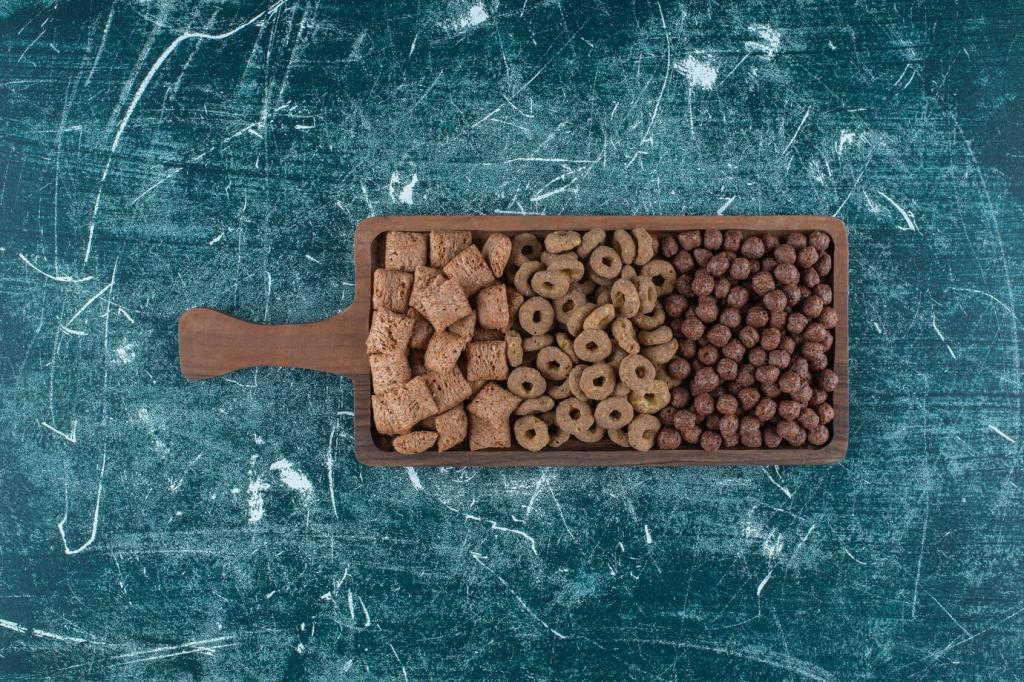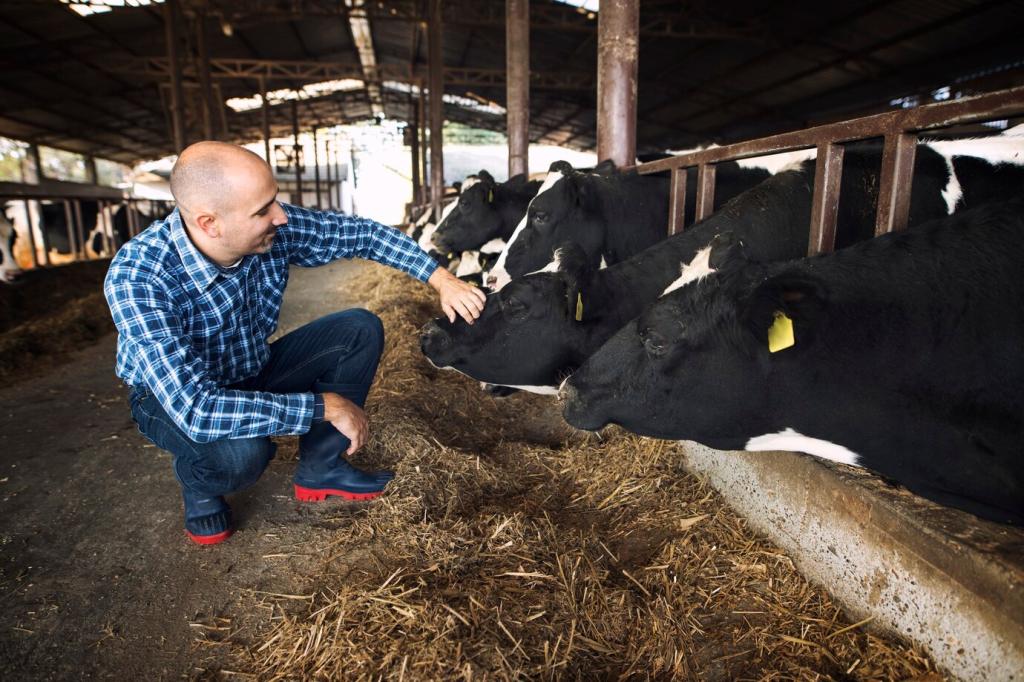Team Up With Your Vet, Dodge Pitfalls
If weight stalls for three weeks, ask about refining calories, checking for pain, dental issues, or endocrine problems like hypothyroidism. Your vet can calculate precise targets and suggest safe joint-support supplements.
Team Up With Your Vet, Dodge Pitfalls
Skip free-feeding, sharing bowls in multi-dog homes, and table scraps. Watch weekend “warrior” exercise spikes, couch-to-sprint fetch, and unsupervised stairs. Consistency with measuring cups—or better, scales—prevents invisible daily creep.
Team Up With Your Vet, Dodge Pitfalls
Align family, petsitters, and neighbors on the plan so extra treats don’t sneak in. Post the daily ration on the fridge. Subscribe for printable trackers and tell us what resources would make your routine easier.
Team Up With Your Vet, Dodge Pitfalls
Lorem ipsum dolor sit amet, consectetur adipiscing elit. Ut elit tellus, luctus nec ullamcorper mattis, pulvinar dapibus leo.







